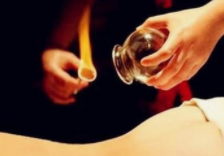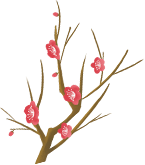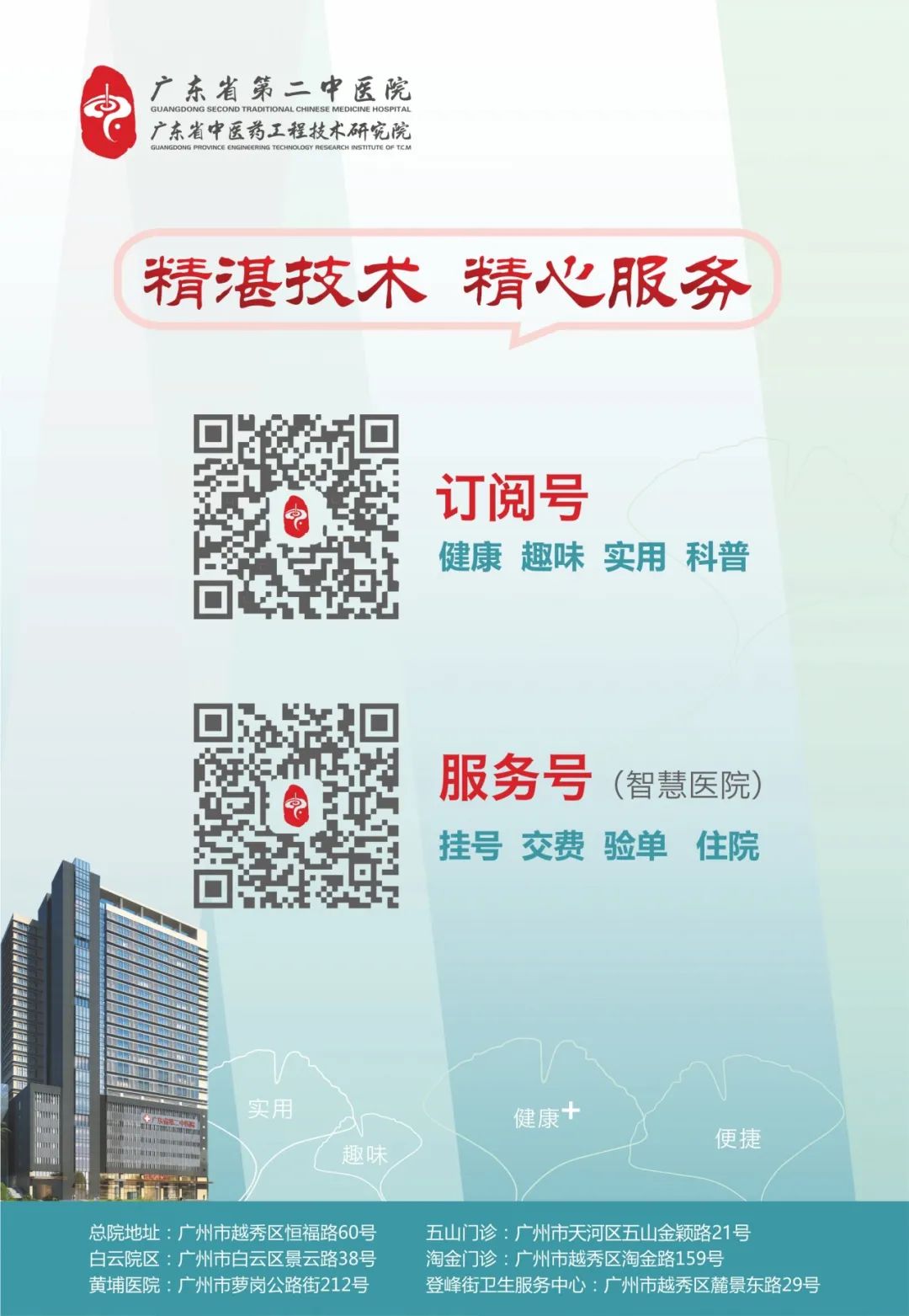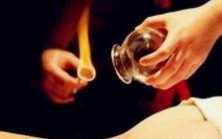

As a long-standing therapeutic method in China, cupping therapy has always been popular among the Chinese people. From a TCM perspective, cupping can indeed help to dispel wind, scatter cold, and eliminate dampness. Dr. Zeng Hongwen, Chief Physician of the Acupuncture Rehabilitation Department at the Second Affiliated Hospital of Guangdong Province, reminds the public that cupping should be tailored to individual diagnoses and performed by professionals to avoid accidents.
 ■Cupping can effectively dispel wind, scatter cold, and eliminate dampness
■Cupping can effectively dispel wind, scatter cold, and eliminate dampness
“Cupping may seem simple, but it is quite intricate. In addition to being tailored to individual diagnoses, it must be performed by professionals to prevent accidents,” Dr. Zeng Hongwen, who has over 20 years of cupping experience, explains. As a treatment method, cupping has strict requirements regarding the ventilation, lighting, and temperature of the environment.
Dr. Zeng states that cupping primarily relies on the negative pressure created by burning air inside the cup, which is then applied to the patient’s acupoints or affected areas. “Cupping requires precise technique; if the force is too strong, it can cause pain, while if it is too weak, it may not be effective and can easily fall off. Normally, cupping should not be painful and should be a comfortable and enjoyable process.” She points out that from a TCM perspective, cupping can dispel wind, scatter cold, eliminate dampness, clear heat and detoxify, invigorate blood circulation, and unblock meridians, achieving the goal of supporting the body’s vital energy.
 ■Choose different cupping methods based on age, constitution, and condition
■Choose different cupping methods based on age, constitution, and condition
Dr. Zeng explains that there are various types of cups, but glass cups are most commonly used in clinical practice. They come in different sizes, and the methods can be categorized into flash cupping, fixed cupping, gliding cupping, bloodletting cupping, and needle cupping. Depending on the patient’s age, constitution, severity of the condition, duration of the illness, and the area of application, different sizes of cups and corresponding methods can be selected.
01External Pathogens: Use Flash Cupping
Flash cupping has a strong ability to dispel wind and relieve exterior symptoms. When patients experience conditions such as colds, coughs, and runny noses, or upper body issues like cervical spondylosis, facial paralysis, tinnitus, dizziness, and headaches, especially those heavily influenced by wind pathogens, applying flash cupping to the temples, Yintang (印堂穴), Fengchi (风池穴), and Bailao (百劳穴) can often yield excellent results.
Additionally, for alleviating symptoms like mouse hand, tennis elbow, and postpartum limb soreness, doctors often use flash cupping on the limbs, which have “thin skin and little flesh.”
02Gliding Cupping: Can Unblock Meridians
Gliding cupping involves using the flash cupping technique to create suction, then moving the cup along the meridian pathways of the patient, repeatedly operating until the area under the cup becomes red. The intensity can be adjusted based on the depth of the pathogen and the patient’s tolerance. Dr. Zeng notes that gliding cupping can both dispel wind, scatter cold, eliminate dampness, and unblock meridians, regulate the flow of qi, and harmonize blood circulation, thus achieving the goal of treating neck, shoulder, and back pain.
03Stagnation of Blood: Use Bloodletting Cupping
Bloodletting cupping is a method that combines cupping and bloodletting therapy. TCM believes that where there is pain, there is stagnation, and chronic conditions often involve stagnation. Dr. Zeng points out that conditions like neck, shoulder, waist, and leg pain, as well as joint pain, are often caused by blood stagnation blocking the meridians, and releasing this stagnation can often lead to immediate relief and excellent therapeutic effects.
 ■Cupping has its intricacies
■Cupping has its intricacies 01Cupping Environment: Ensure Air Circulation and Moderate Brightness
01Cupping Environment: Ensure Air Circulation and Moderate Brightness
Dr. Zeng emphasizes that since alcohol is used during cupping, improper handling can easily lead to fires, burns, and other accidents. Therefore, cupping must be performed in a well-ventilated area, away from flammable materials like bed linens.
She notes that experienced practitioners are very cautious; when using tweezers to pick up alcohol-soaked cotton balls, they are careful to grasp the cotton ball in the center and squeeze out excess alcohol before shaking it off a few times.
Additionally, cupping has requirements for the environment’s temperature and lighting. “It is important to keep the patient warm; the environment should not be too cold or too hot; and the lighting should be moderate to allow the practitioner to observe the patient’s skin reactions at all times.”
02Cupping Duration: Varies by Individual, Monitor for Dizziness
Dr. Zeng advises that typically, the cupping duration should be 10-15 minutes. However, individual reactions vary, and if a patient reacts strongly, the cups must be removed immediately. She states that TCM emphasizes differential diagnosis; stronger individuals may tolerate longer durations, while the elderly, children, and those with weaker constitutions should have shorter durations.
She points out, “Some patients may suddenly experience chest tightness, palpitations, dizziness, cold limbs, or even fainting during cupping. This can be due to excessive force, lack of skill, or improper technique. In such cases, the practitioner should remove the cups and provide immediate assistance or address any accidents like blisters caused by excessive suction.” Therefore, performing cupping in a hospital setting is safer.
03Post-Cupping: Wait at Least 4 Hours Before Bathing
Dr. Zeng notes that individuals who undergo cupping typically have cold or dampness in their bodies. “After cupping, it is generally advised not to consume cold drinks or eat cold or damp-heavy foods.” She points out that greasy, overly spicy, or sweet foods, as well as seafood like shrimp and crabs, are not suitable for those who have just undergone cupping, as they can easily affect the therapeutic effects.
Furthermore, it is important to keep warm after cupping. If one wishes to bathe, it should be done at least 4 hours later. She also reminds that women have the lowest immunity during their menstrual period. “In the first few days of heavy menstrual flow, it is best to avoid cupping, as cupping promotes blood circulation and can lead to excessive bleeding.”

Image source: Internet, please delete if infringing

